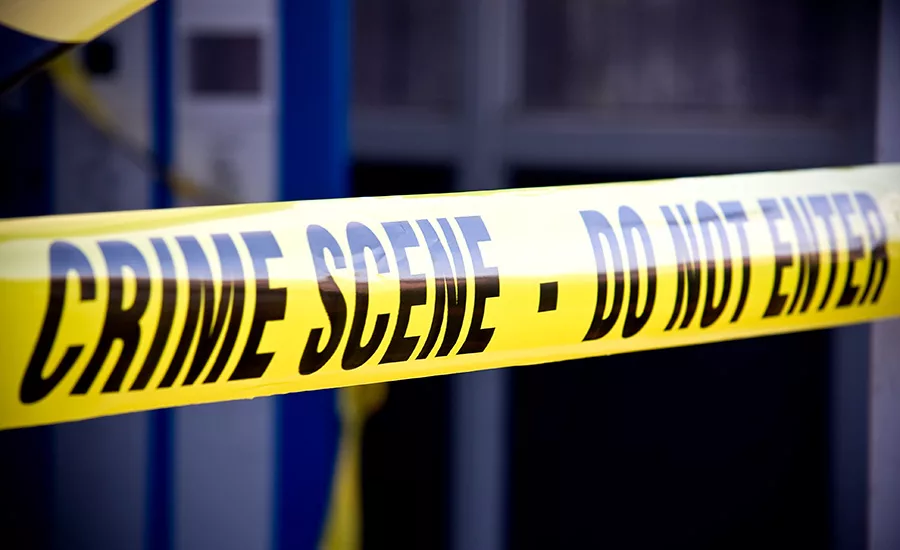What to Know About Identifying Pipe Bombs

Pipe bomb. The words conjure horrific images of an everyday scene punctured by shrapnel from an exploding pipe. Pipe bombs are back in the news with the recent discovery of ten devices in envelopes addressed to political figures. Pipe bombs are low-level improvised explosives that can cause tremendous damage. Most commonly used by terrorists, these explosive devices are exactly what they sound like, a tightly enclosed pipe filled with explosive materials and sometimes, nails, glass or other materials to create more damage and chaos. These bombs are commonly used because the materials to create one can be easily acquired and hard to track. While pipe bombs are relatively easy to make, they can be unreliable. Often times these homemade devices explode while in construction, or don’t explode at all.
Pipe bombs are often concealed in another container like a box or an envelope, which makes them difficult to detect. The package bombs from the March 2018 attacks in Austin and San Antonio were delivered to private residences where they exploded when opened by the occupants. The bombs recently discovered in envelopes did not explode, and officials are investigating whether they were designed to explode or just made to look like pipe bombs.
It is difficult to detect a pipe bomb, but there are some signs to look for:
- Be suspicious of unexpected packages or packages that do not have return addresses; if you did not order the package, do not open it
- Beware of envelopes that feel heavy or have unusual shapes; envelopes are typically for light, flat objects
- Pay attention to misspelled words in the addressing of the envelope or package; if you order something, you will spell your name and address correctly
- Consider a mail screening protocol if you must receive unsolicited packages; if your business requires you to receive packages you have not ordered (solicitations or returns), setup a mail screening process outside your main office to avoid bringing suspicious packages into your office
- Heavily damaged envelopes or boxes with leaking liquids are suspicious; do not open them
If you believe you have a suspicious package, use the following steps to help ensure safety:
- Do not touch the suspected explosive device or bomb
- Do not use a portable phone in the building
- Evacuate the building by using standard fire drill procedures
- Close off the area to prevent any unauthorized entry into the building or space
- Contact local authorities and describe the suspicious object
- Move yourself and those around you as far away from the device as possible
Bomb threats should never be ignored. When it comes to pipe bombs, the level of threat depends on the imagination of the creator. It is always important to be vigilant and follow the instructions of local authorities or emergency services during any major incident. In any bomb threat situation, it is imperative that you check the surrounding area for any unfamiliar items. If you do see something suspicious, make sure to report it immediately.
Looking for a reprint of this article?
From high-res PDFs to custom plaques, order your copy today!









